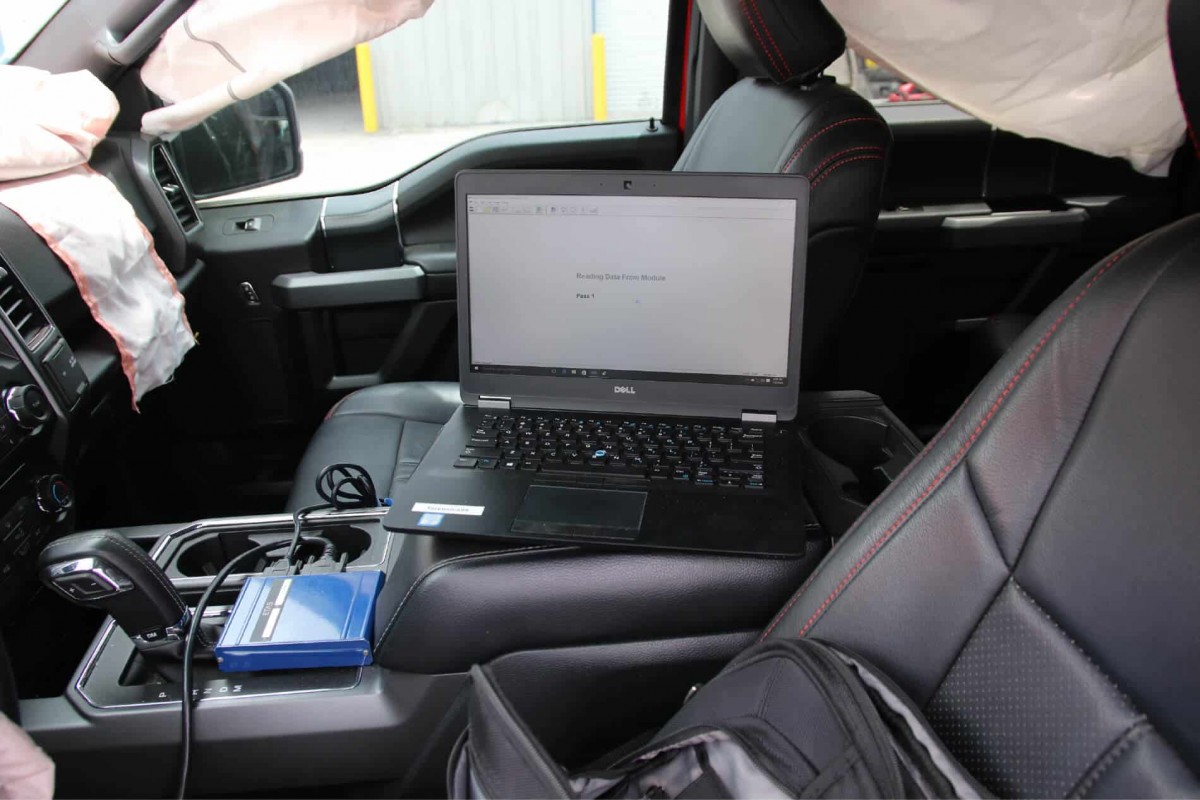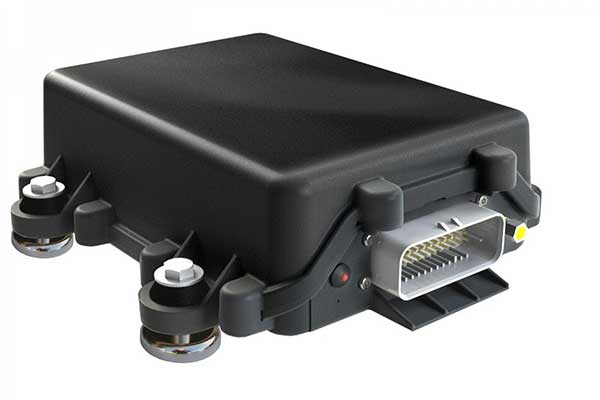Commencing in July 2024, the European Union is poised to enforce a novel stipulation impacting newly registered М1 passenger cars. This mandate dictates the mandatory integration of Event Data Recorders (EDRs), colloquially known as the “black box” akin to those employed in aircraft.
Functioning as a repository for crucial vehicle information, the EDR assumes a pivotal role in the aftermath of vehicular accidents. In the unfortunate occurrence of a collision, experts can leverage the stored data to glean invaluable insights into the causation and progression of the incident.

The impetus behind this requirement stems from UN Regulation No. 160, which has been operational since July 6, 2022, which necessitates the incorporation of EDRs in all new vehicle designs.
However, a significant expansion of this mandate is slated to take effect on July 7, 2024. Henceforth, the requirement will encompass not solely newly developed vehicles but will extend to encompass all newly registered passenger cars and light commercial vehicles within the EU.
EDRs are typically embedded within airbag control modules and perpetually capture an array of vehicle data.
Significantly, this data becomes permanently stored solely when specific sensors detect an accident or detect driving conditions that could potentially lead to an accident. The recorded data is encapsulated within a 300-millisecond timeframe before and after the triggering event.
Classified into three distinct categories, the recorded data includes vehicle dynamics information pre and post-crash, as well as restraint system information. Accessing this data necessitates specialized equipment linked to the EDR through the On-Board Diagnostics (OBD) interface.
However, owing to the stringent provisions of the General Data Protection Regulation (GDPR) governing data within the EU, obtaining access to the EDR typically demands a court order.

